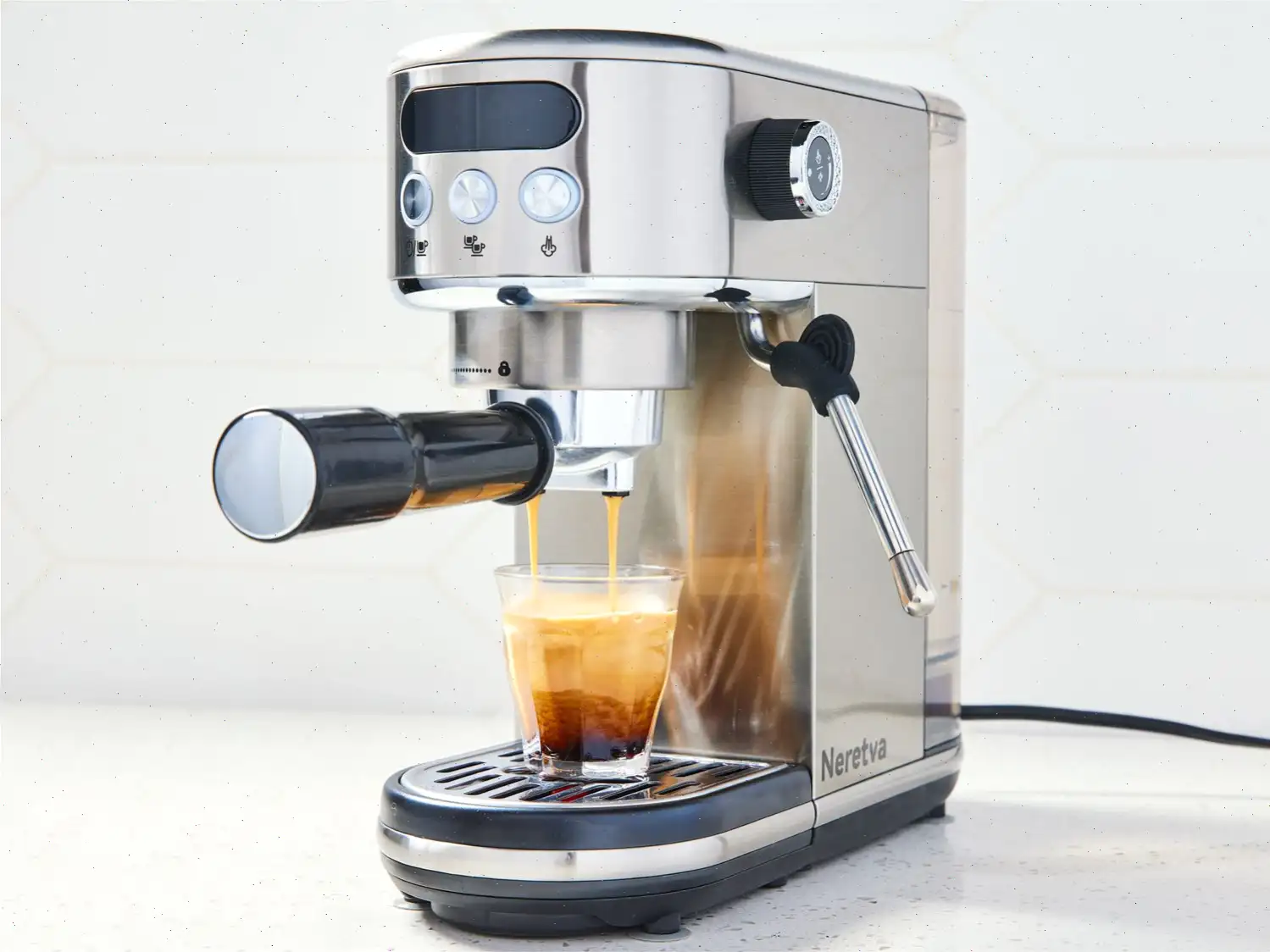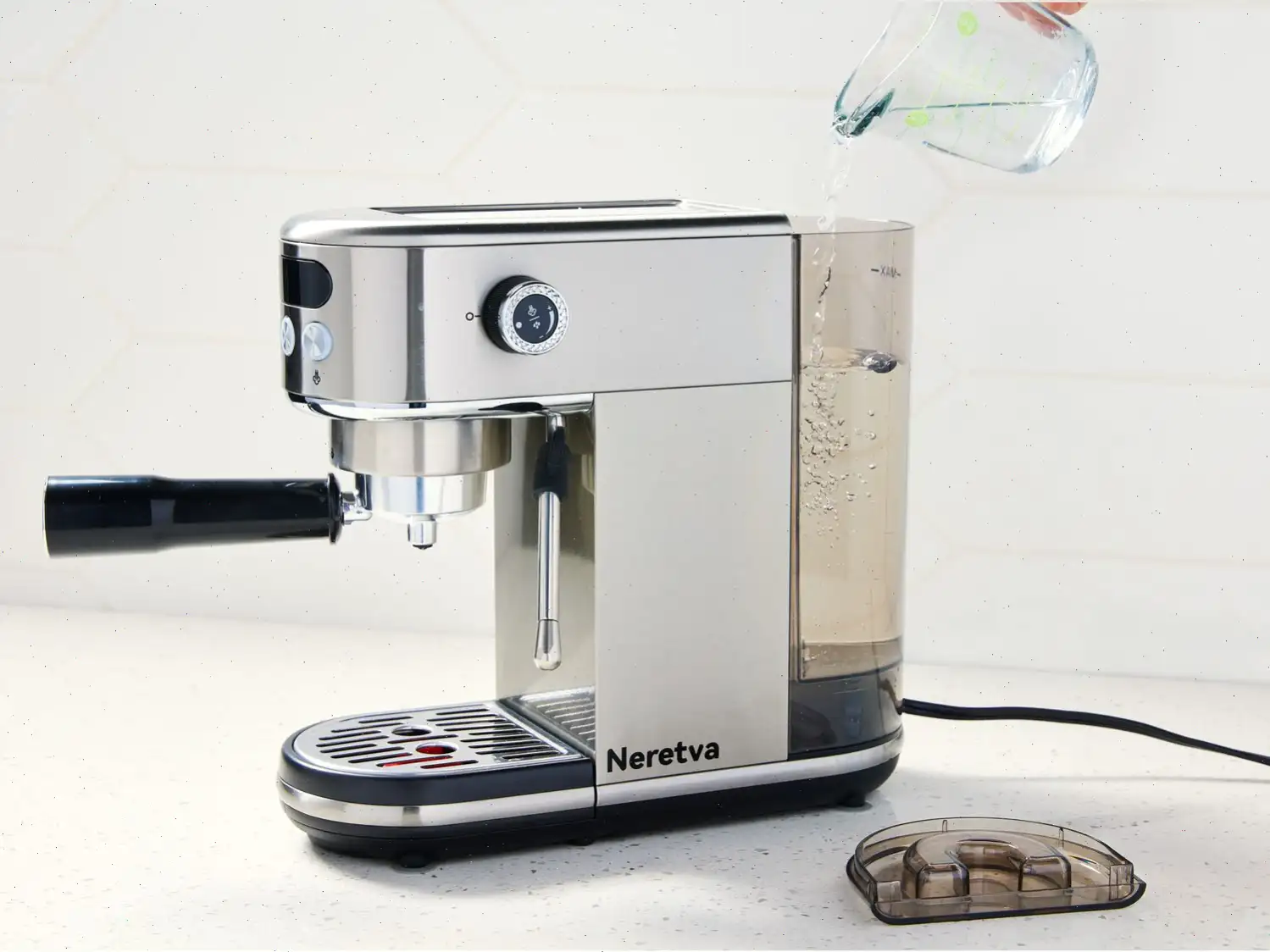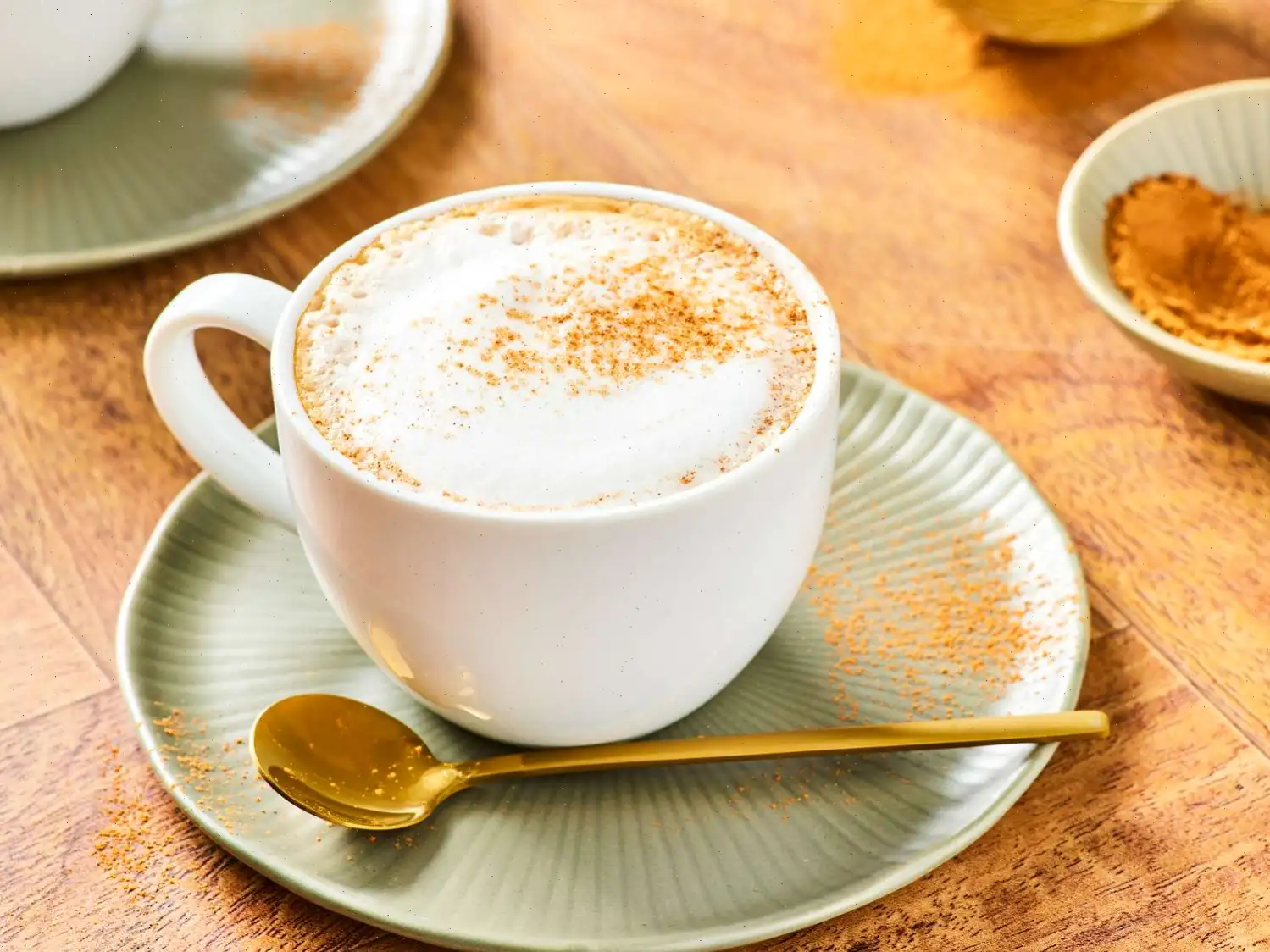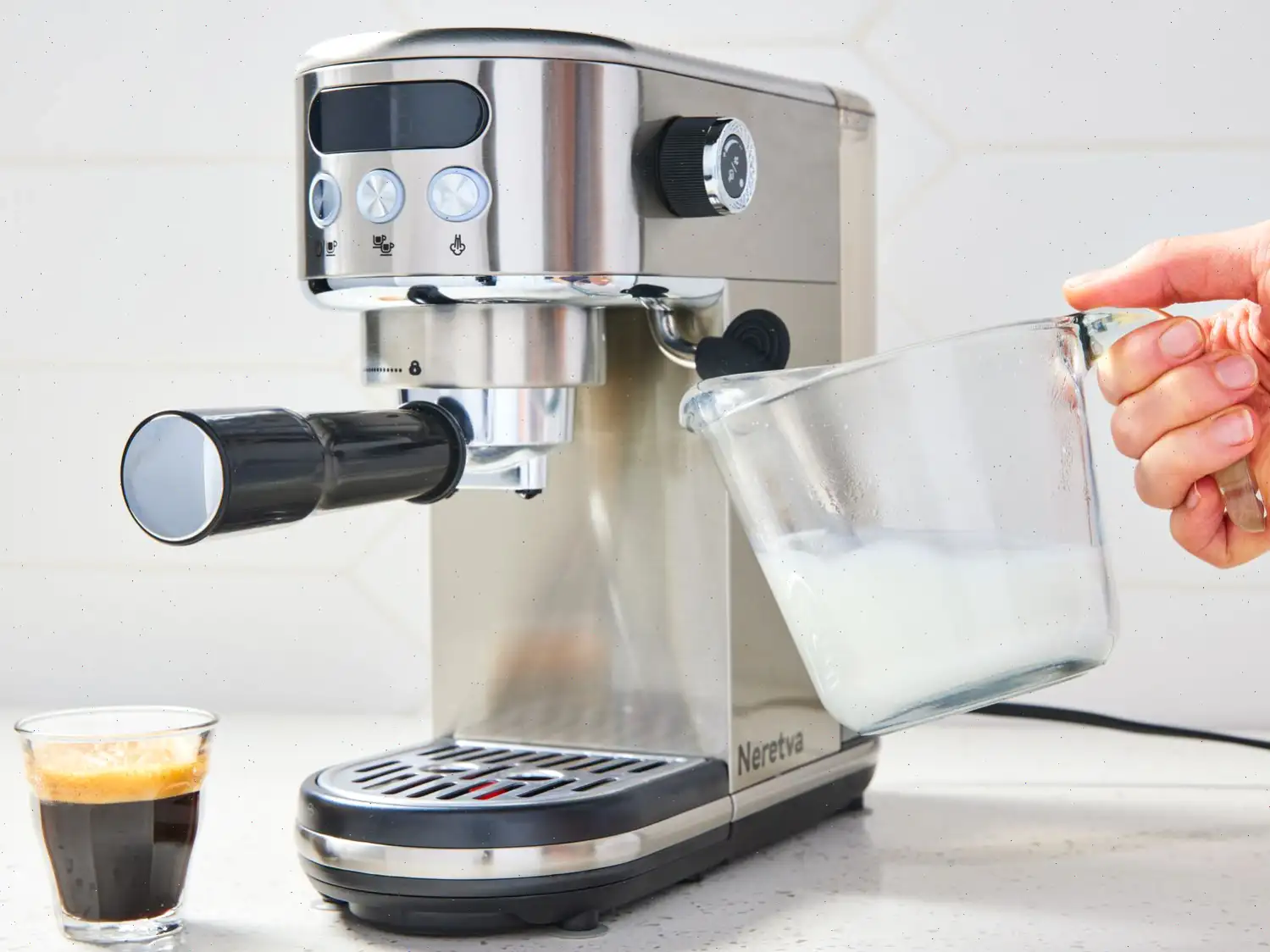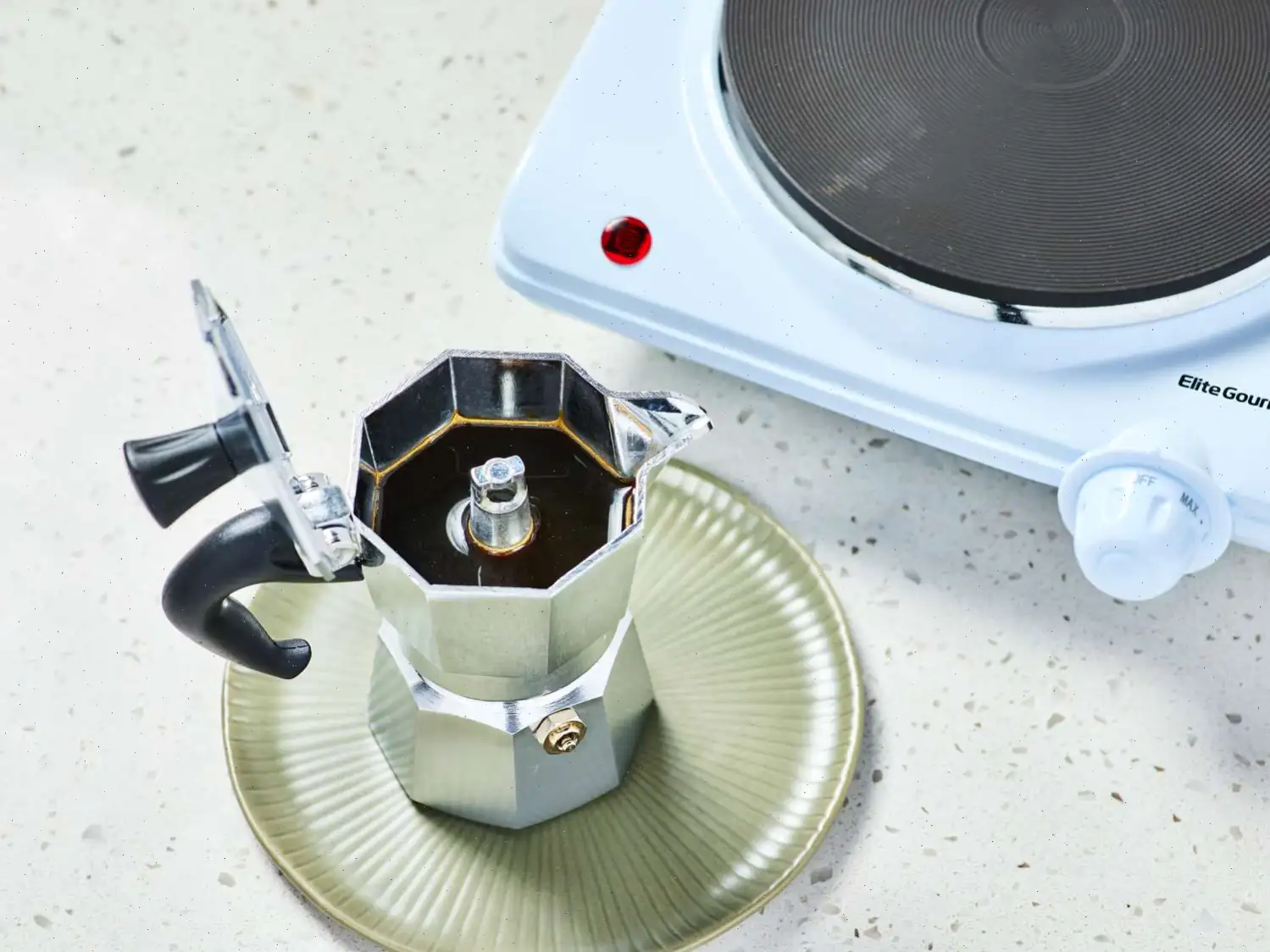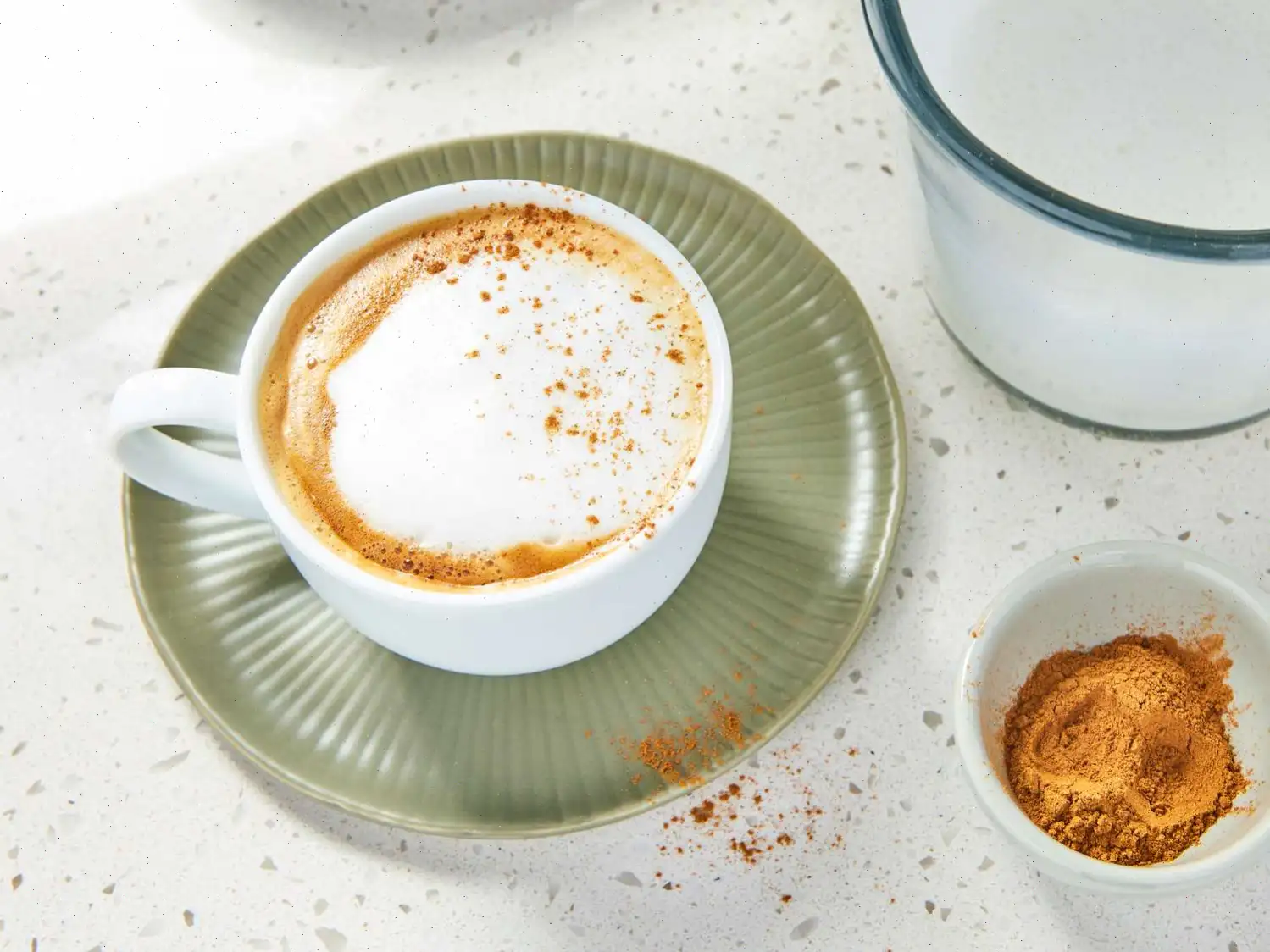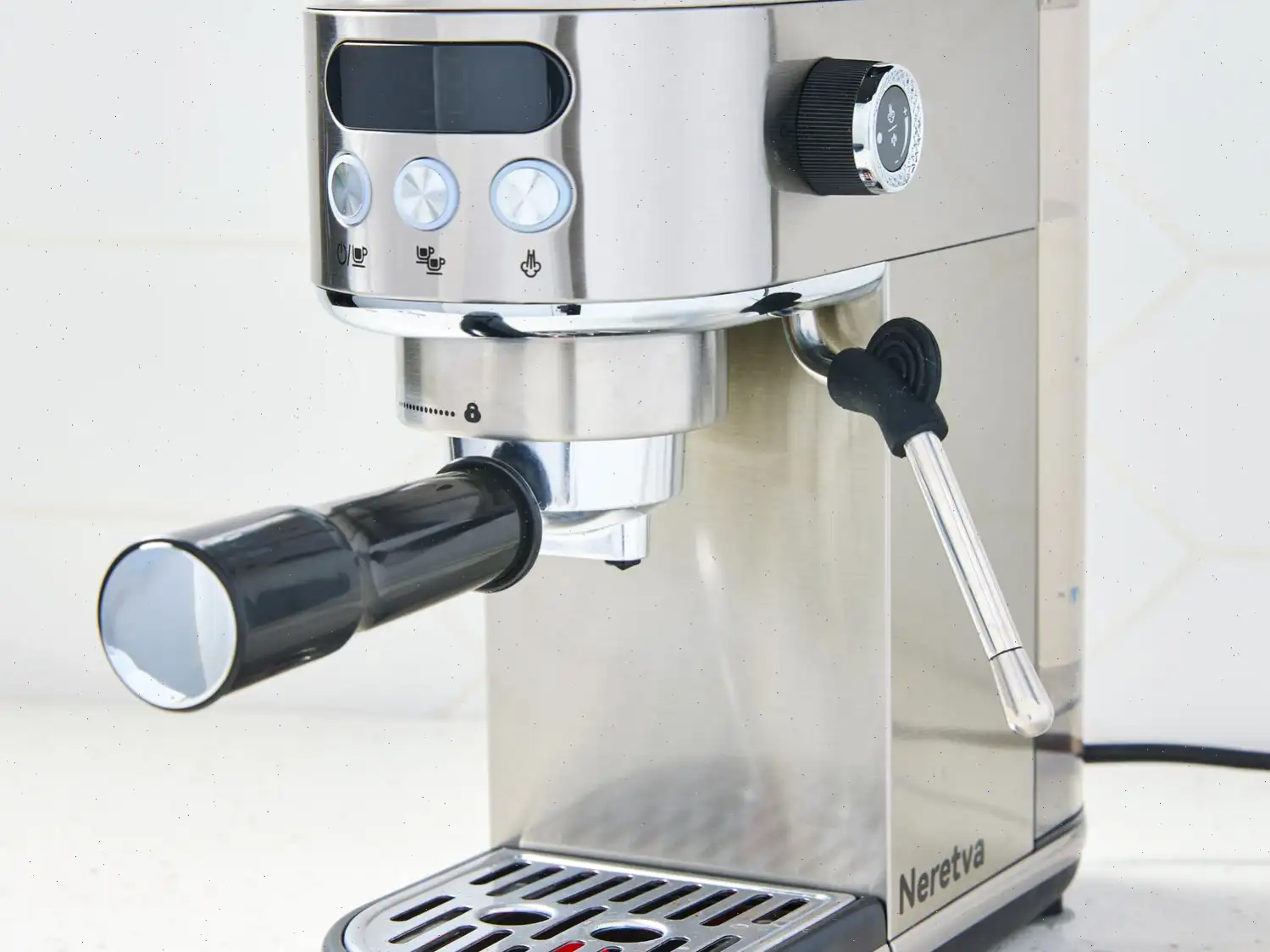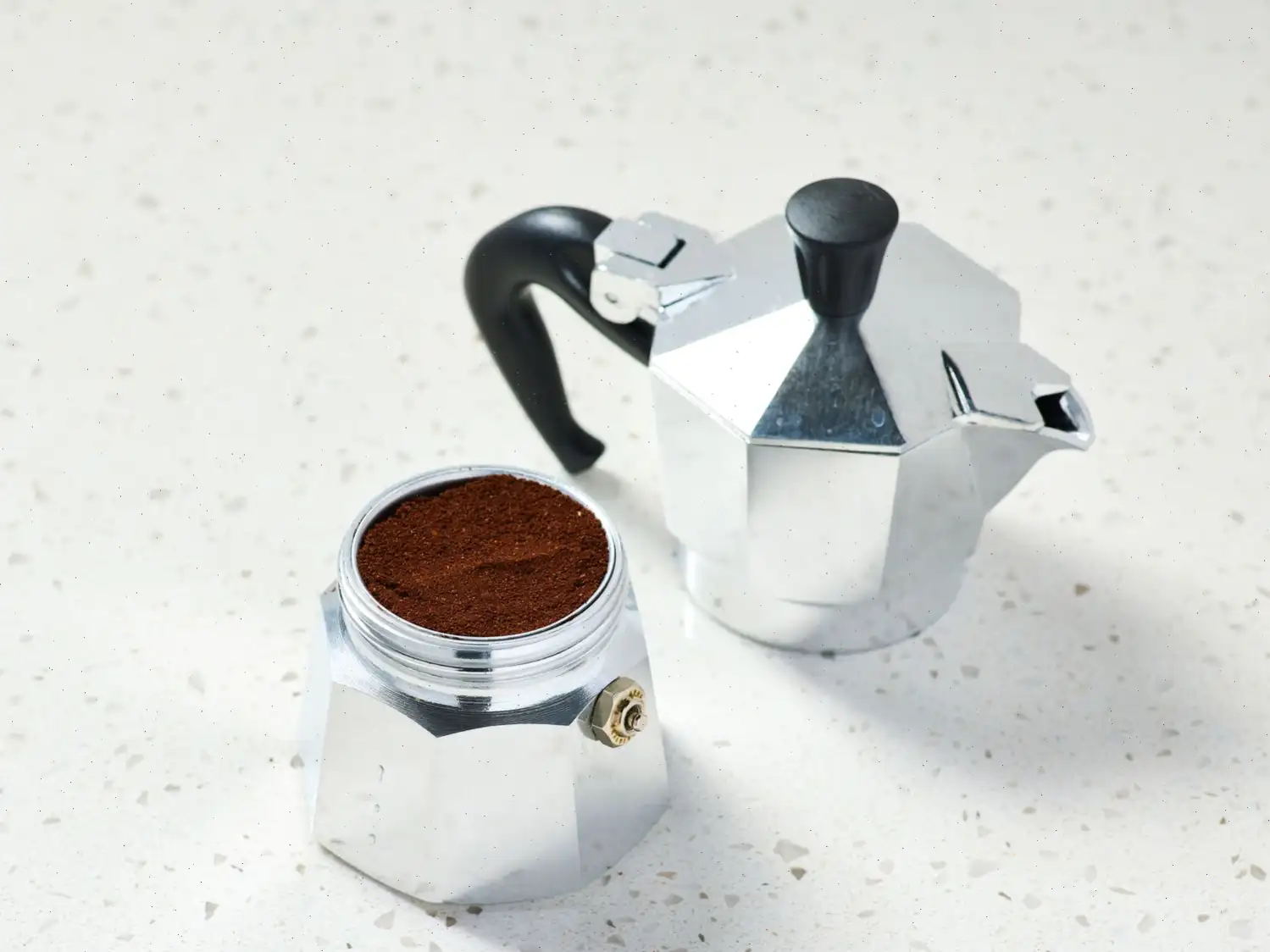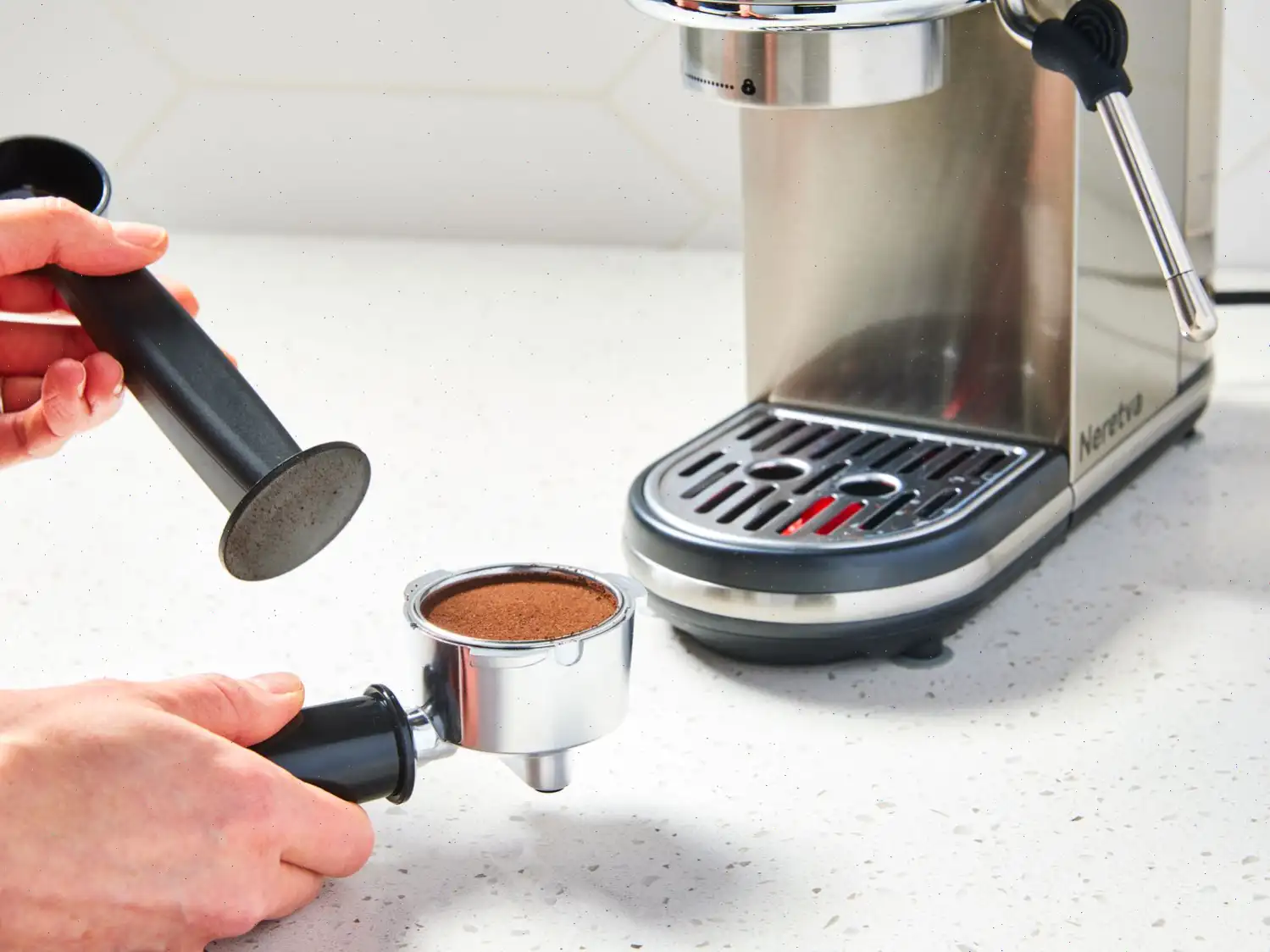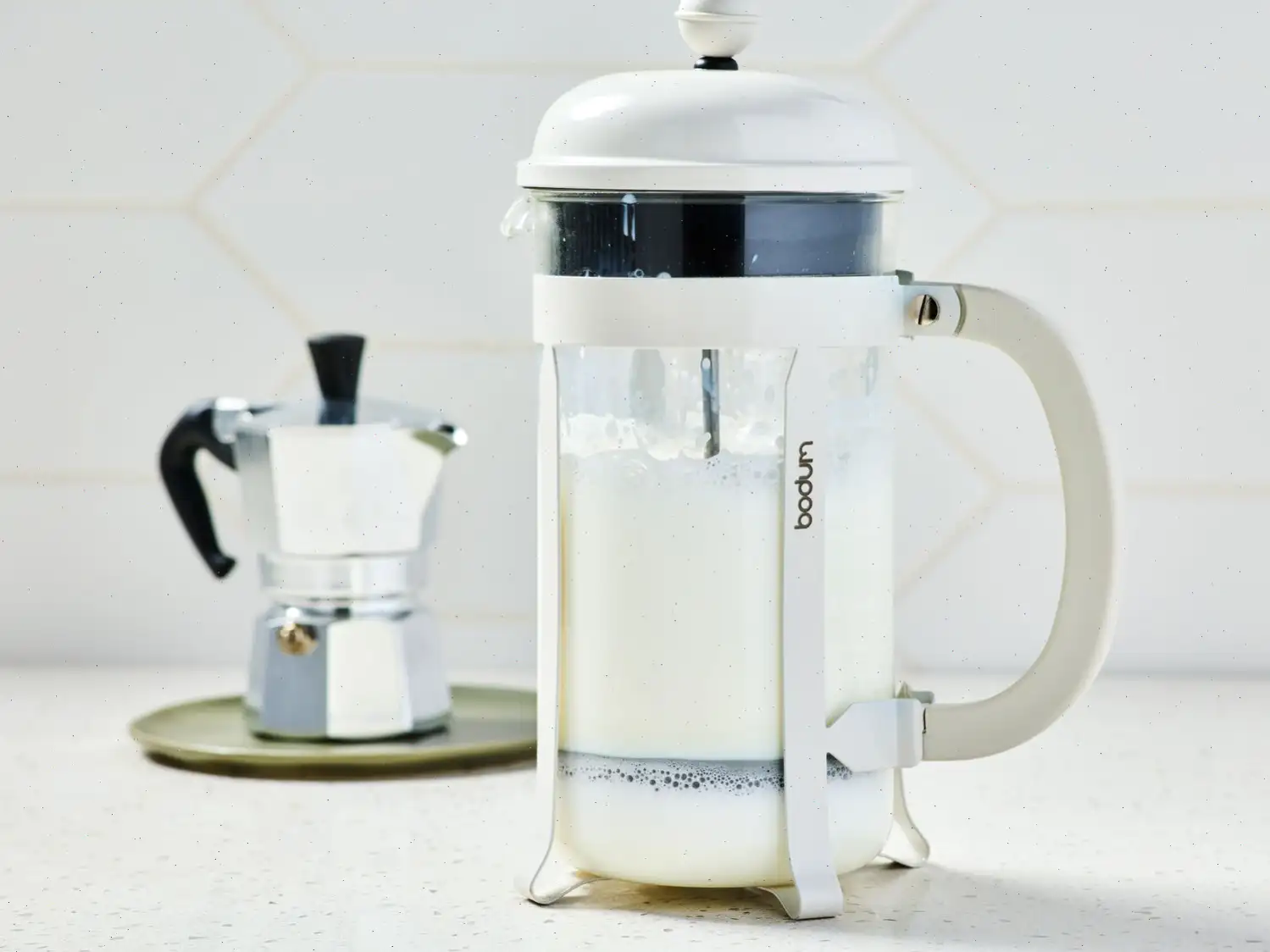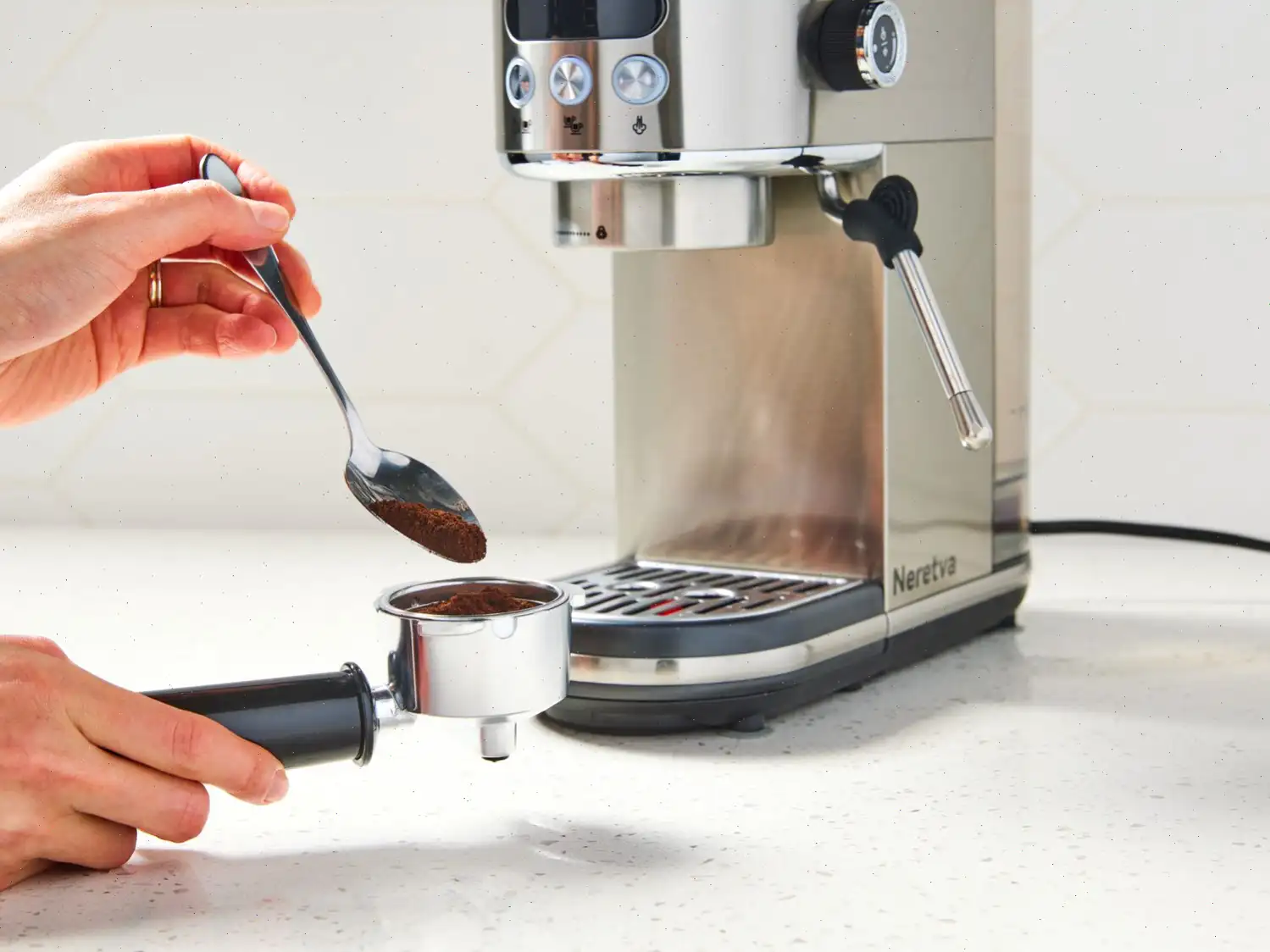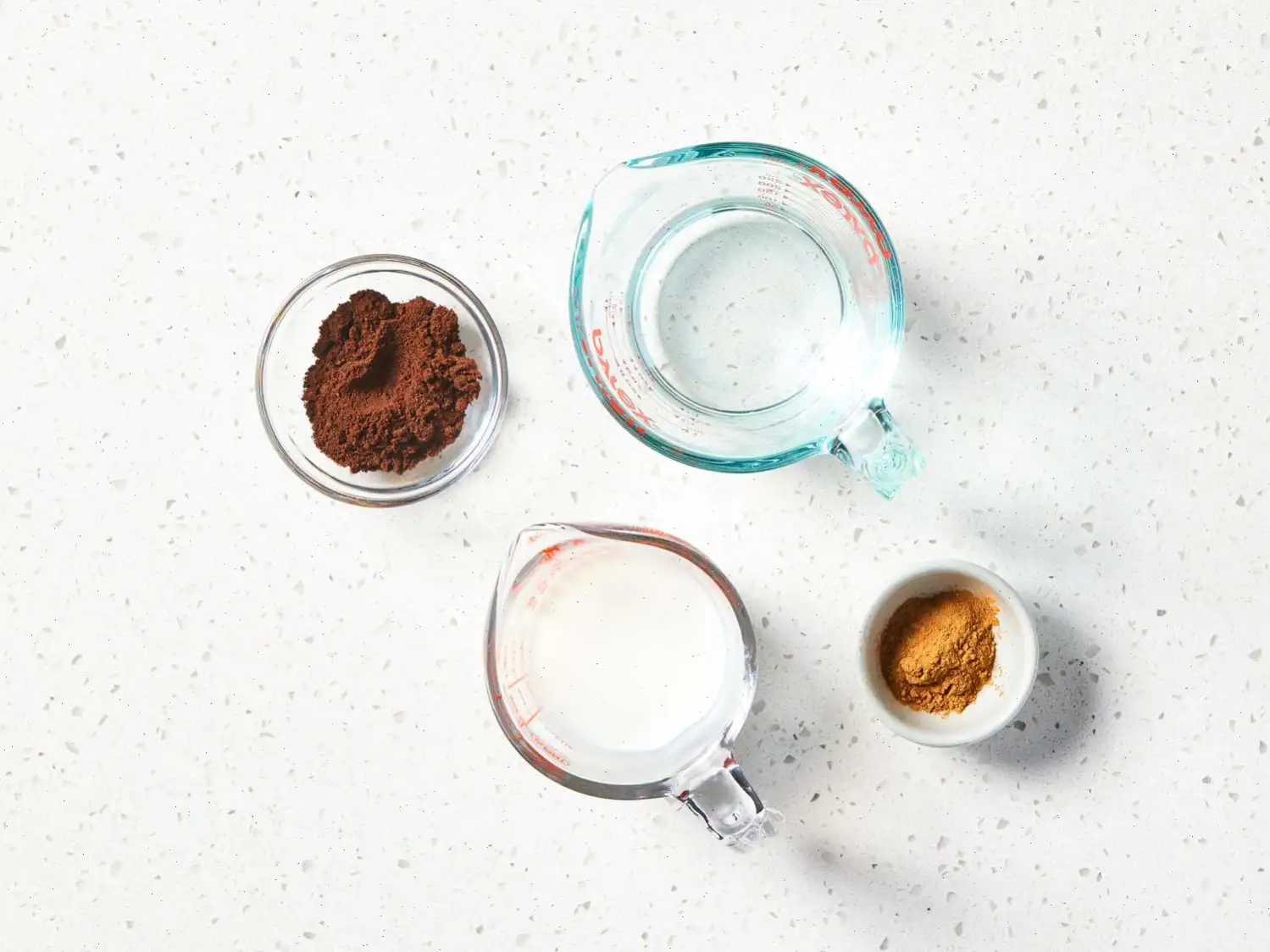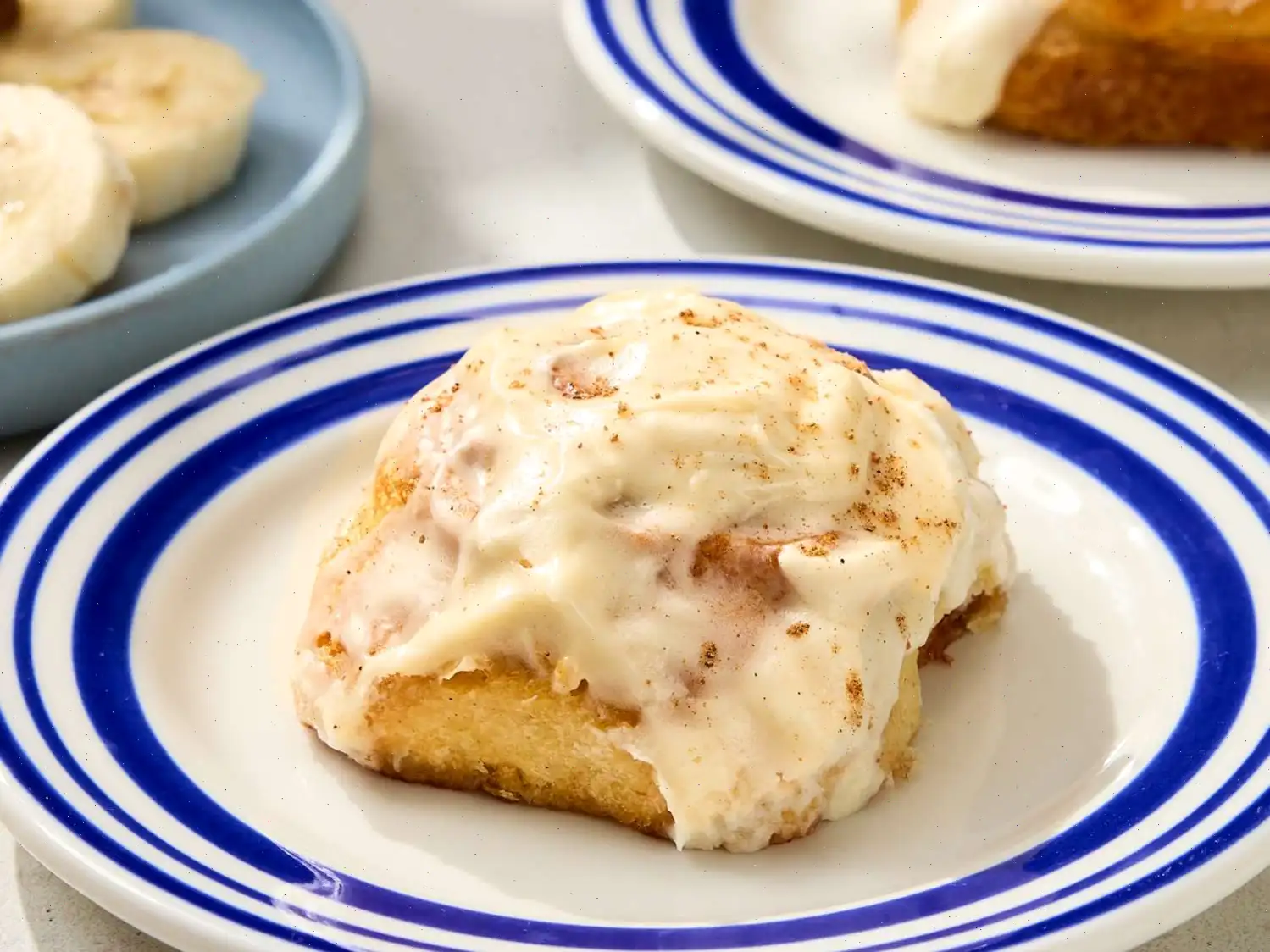
Top Tips for Making a Perfect Cappuccino at Home Every Time Recipe
A cappuccino is one of those timeless drinks that can be enjoyed in a variety of ways. Sometimes its served with a fun leaf design in the foam, and other times its just a simple dusting of cinnamon or sugar. No matter how its presented, the comforting, rich taste of a cappuccino is always a welcome treat. A good cappuccino should have a perfect balance of espresso, steamed milk, and frothy milk foam, each playing its role in creating a well-rounded flavor. The espresso provides a rich coffee taste, while the steamed milk adds a creamy sweetness, and the foam gives it that smooth texture.
When making a cappuccino at home, there are two main steps to focus on: pulling the espresso shot and steaming the milk. The key to a great cappuccino is the perfect ratio of these components, typically around eight ounces per cup. The quality of your espresso shot is crucial; tamping the coffee grounds properly can make a big difference. The milk should be steamed just right to create foam that is light and airy but not overly stiff. Heres how to do it:
Step 1: Prepare the Espresso
Start by filling the espresso machines water reservoir with filtered water. Then, spoon 2 tablespoons of finely ground espresso into the portafilter. Use a tamper to press down the coffee grounds firmly, making sure they are level and free from air pockets. Tamp 2 to 3 times for a well-set shot. Attach the portafilter to the espresso machines group head and lock it in place. Place your cup underneath the portafilter, then pull the shot for 23 to 30 seconds. A double shot should yield about 2 ounces of espresso.
Step 2: Steam the Milk
While the espresso is brewing, pour 1/2 cup of whole milk into a glass measuring cup or a small metal pitcher. Insert the steam wand just under the milks surface. Move the pitcher up and down gently so the wand can incorporate air into the milk. Continue steaming for about 20 seconds, until the milk doubles in size and becomes foamy. The key is to create a bubbly, frothy texture. After steaming, swirl the milk in the pitcher to mix the foam with the liquid milk.
Step 3: Combine Espresso and Milk
Once your milk is properly frothed, pour it over the espresso. At first, the cappuccino will consist mainly of foam, but as the milk settles, it will blend with the espresso, creating a smooth mixture of equal parts foam, steamed milk, and espresso. For a finishing touch, sprinkle a pinch of cinnamon or nutmeg on top.
Alternative Method: Stovetop Percolator
If you dont have an espresso machine, you can use a stovetop percolator to brew your espresso. Start by unscrewing the top and bottom of the percolator and filling the bottom part with water. Place the filter basket back in, then fill it with espresso grounds. Dont tamp the grounds, just smooth them out. Reassemble the percolator and place it over medium-low heat. On a gas stove, let it percolate until the top is half full, then turn off the heat and let it finish brewing. On an electric stove, remove it from heat once you hear the coffee percolating.
While the espresso brews, heat the milk. You can microwave 1/2 cup of milk for about 1 minute or heat it in a small saucepan until its hot but not boiling. Once hot, froth the milk with a milk frother, French press, or even a whisk until its very foamy. Swirl the milk a few times to incorporate the foam into the liquid.
Pour the frothed milk over the brewed espresso, and your cappuccino is ready to enjoy!
Helpful Tips for a Perfect Cappuccino
- Use fresh whole milk for the best foam. Whole milk has the highest fat content, which helps it froth better. If necessary, you can substitute 2% milk, but it wont be as rich.
- Espresso beans should be finely ground. Do not use regular coffee beans for espresso as they will not brew correctly under high pressure.
- If youre making cappuccinos frequently, consider investing in a metal frothing pitcher. This allows you to monitor the temperature of the milk by touching the pitcher while frothing.
- For a dairy-free cappuccino, oat milk is your best bet. It froths well and has a pleasant flavor. Almond and soy milk are also good alternatives, but avoid rice, cashew, or macadamia milk as they dont froth as well.
Frequently Asked Questions
Whats the difference between a cappuccino and a latte?
The main difference is in the amount of milk. A cappuccino is typically smaller, about eight ounces, and contains a balance of espresso, steamed milk, and frothy milk foam. A latte, on the other hand, uses more steamed milk and has less foam, making it taste creamier and less bitter.
Can I use dairy-free milks for cappuccinos?
Yes! Oat milk is the best choice for frothing, followed by almond and soy milk. These milks create a nice foam. Avoid rice, cashew, and macadamia milk as they dont froth well.
What if I dont have a frothing pitcher?
No problem! You can use a French press, a handheld milk frother, or even a glass measuring cup to froth milk. Heat the milk first and then use your frother to create foam. If you dont have a frother, a whisk can work as well, although the foam wont be as thick.
Nutrition Facts
Each serving of cappuccino contains:
- Calories: 82
- Total Fat: 4g (5% DV)
- Saturated Fat: 2g (12% DV)
- Cholesterol: 12mg (4% DV)
- Sodium: 66mg (3% DV)
- Total Carbohydrates: 7g (3% DV)
- Dietary Fiber: 1g (2% DV)
- Protein: 4g (8% DV)
- Calcium: 157mg (12% DV)
- Potassium: 316mg (7% DV)
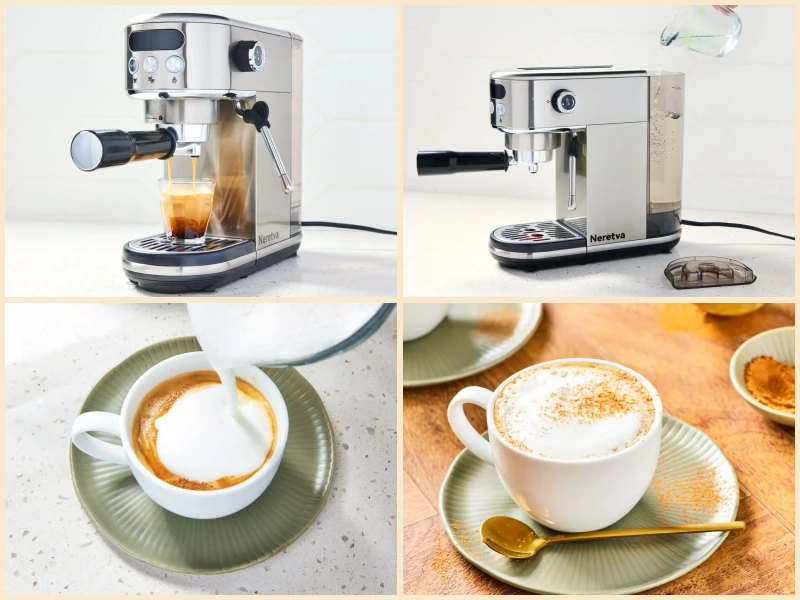
History and Origin of Cappuccino
The cappuccino has a rich history that traces back to Italy, where it was first introduced in the 1900s. Its name is derived from the Capuchin friars, whose brown robes are said to resemble the color of the drink. The iconic cappuccino as we know it todaya blend of espresso, steamed milk, and foambecame popular in the early 20th century. Initially, it was made in simpler forms, but with the advent of espresso machines, the modern cappuccino was born. Over the years, cappuccinos have become synonymous with Italian coffee culture and are enjoyed worldwide.
Regional Variations and Features
Though the cappuccino is widely associated with Italy, it has taken on regional characteristics depending on where it's served. In Italy, cappuccinos are typically enjoyed as a morning drink, often accompanied by a pastry, and never after lunch. In other parts of the world, cappuccinos are consumed at all times of the day and may be customized with various flavors, such as vanilla or caramel. For instance, in Australia and New Zealand, the "flat white"which is a variation of cappuccinoincludes less foam and more steamed milk, offering a creamier texture.
Distinction from Similar Drinks
The cappuccino stands out from similar coffee drinks like the latte and macchiato due to its precise balance of espresso, steamed milk, and frothy milk foam. A cappuccino typically has a stronger coffee flavor and a more substantial layer of foam compared to a latte, which contains more milk and is creamier. Unlike the macchiato, which is primarily espresso with a small amount of milk, the cappuccino is a well-balanced combination of all three elements. These differences in milk ratios and foam texture are what give each drink its distinct character.
Where Cappuccinos Are Served
While cappuccinos are beloved around the globe, they hold a special place in Italian cafes, where they are a staple part of the daily coffee ritual. In Italy, cappuccinos are served in smaller cups (usually 6 to 8 ounces) and are typically consumed with breakfast. In cafes and coffeehouses worldwide, the cappuccino has become a popular choice for those seeking a rich, comforting coffee experience. From specialty coffee shops in New York to cafes in Paris and beyond, cappuccinos are a universal favorite, often served with a sprinkle of cocoa or cinnamon on top to enhance the flavor.
Interesting Facts about Cappuccino
1. The cappuccino is often considered the quintessential "coffee art" drink due to the creativity involved in pouring the milk foam. Baristas often create intricate designs like hearts, leaves, or even intricate portraits using the foam.
2. In Italy, its considered a cultural faux pas to drink a cappuccino after 11 a.m. This is because cappuccinos are traditionally seen as a breakfast beverage, and Italians believe that the milk in cappuccinos is too heavy for digestion later in the day.
3. The cappuccinos rise to global popularity coincided with the invention of the modern espresso machine in the 1940s. This machine allowed for precise brewing of espresso and foaming of milk, which made the cappuccino both practical and delicious.
4. In the United States, cappuccinos gained significant popularity in the 1980s, thanks to the rise of specialty coffee chains and the American obsession with European coffee culture.
5. The worlds largest cappuccino was made in Rome, Italy, in 2007. It measured an astonishing 13,000 gallons (50,000 liters) and required 4,000 liters of milk and 1,000 kilograms of coffee. The event was an attempt to set a Guinness World Record for the largest cappuccino ever made.
FAQ about Top Tips for Making a Perfect Cappuccino at Home Every Time Recipe
Comments
Sarah Davis
09/21/2024 01:04:03 AM
I really enjoy this North Pole Butterbrew.


